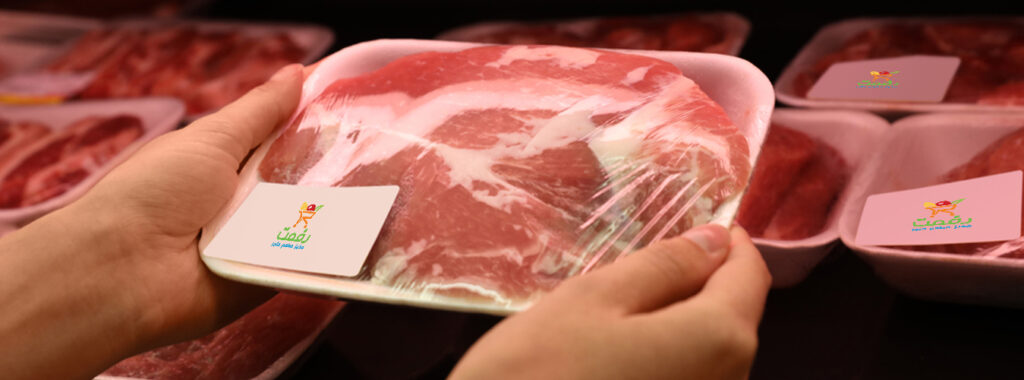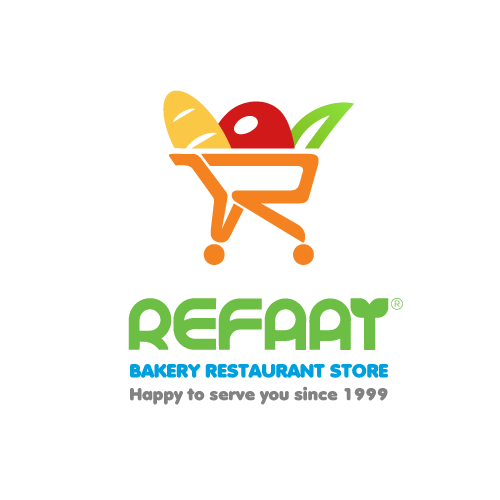How to arrange goods inside the supermarket

Below we learn about some strategies that you can follow to arrange your goods displayed in the sections of your supermarket:
First: Network planning of the goods
It is an organized layout that is carried out according to a specific system, completely far from any randomness, and is achieved through a clear and precise arrangement of a group of shelves, stands, or equipment for merchandise and commercial materials.
These goods are organized and arranged using this system by placing them in the form of a right angle. It is not preferable to rely on shelves that contain only the goods, which makes them form barriers during the movement and passage of customers when shopping.
This layout is used for the purpose of achieving the largest possible space that allows products to be displayed to draw the attention of buyers to the largest amount of goods and thus increase the likelihood of them purchasing those products.
The products that are most attractive and desired by buyers are dairy products with their derivatives, meat, and vegetables. Therefore, using this layout is considered a smart plan that pushes consumers to go to the sides or back areas of the store. It has been shown that 80 to 90% of consumers, while shopping in the supermarket, must They pass through the three previously mentioned sections.
This strategy is used in planning to attract the attention of the largest possible number of buyers to specialized store sections in order to direct consumer movement in the direction of the main sections, which include goods with a high percentage of sales.
Low-demand items are placed towards the main sections, which increases the likelihood that the buyer will purchase them while heading to the main section they want obtained.
Second: Free flow planning
It is the random distribution of goods that is not linked to a specific form, method or organization, such as: network planning. Free flow planning is concerned with assembling and dividing goods in the form of sections that allow the movement of buyers and consumers to flow irregularly.
The distribution of goods takes the form of equipment and signs, which makes buyers’ ability to view them greater and better, and includes all departments through any point in the store.
This planning is preferable to be used in small-sized and specialized stores, as well as clothing stores, as it encourages customers to shop more comfortably, safely, and with pleasure by distributing purchases spontaneously or in a way that is not planned in advance. Among the advantages of this planning for sellers is that it pushes consumers and buyers toward a different group. Types of goods.
The interior design of the place is considered one of the most important factors influencing the choice of this type of layout, as through it, the frequently used goods are placed in the furthest point in the store, and this is considered a smart strategy because it makes the buyer visit all the departments until he reaches the farthest section that contains the goods he wants Obtained.
Many stores follow a smart sales strategy, which is to use children as a means of pressuring parents to buy, by using children’s products such as toys, sweets, and merchandise filled with colorful stickers and cartoon shapes, and placing them on shelves at eye level for the child to relate to them and push his parents to buy from them.
Keywords: supermarket, products, network layout, free flow.
